CBD products have gained immense popularity in recent years for their potential health benefits. However, with the wide variety of CBD products available in the market, it can be overwhelming for consumers to understand how to read the labels and make informed choices.
This article aims to provide a comprehensive guide on how to read a CBD label, ensuring that consumers have the necessary knowledge to understand the dosage information, ingredients list, THC content, third-party lab test results, and usage and storage instructions.
Key Takeaways
- Properly reading and interpreting the usage and storage instructions on a CBD label is vital for safe and effective use.
- Dosage information on CBD labels can help users determine the appropriate amount to take.
- Ingredient lists on CBD labels can help users avoid potential allergens or substances they may want to avoid.
- Storage instructions on CBD labels are essential for maintaining the product’s quality and potency over time.
Understanding CBD Dosage Information
Your body weight is one factor to consider when determining the appropriate CBD dosage. A general rule of thumb is to take 1 to 6 milligrams of CBD for every 10 pounds of body weight. For example, if you weigh 150 pounds, you may want to start with a dosage range of 15 to 90 milligrams of CBD. It’s important to note that this is just a guideline and individual needs may vary.
When comparing CBD potency in different products, it’s essential to look at the concentration of CBD in each serving. This information is usually provided on the label and is expressed in milligrams (mg).
For instance, a CBD oil bottle may indicate that it contains 500mg of CBD in a 30ml bottle. To determine the potency per serving, you can divide the total CBD content by the number of servings per bottle. If the bottle contains 30 servings, each serving would provide approximately 16.7mg of CBD.
Decoding the Ingredients List
One of the key aspects to consider when reading a CBD label is the CBD concentration. This is typically listed in milligrams (mg) and indicates the amount of CBD present in the product. The CBD concentration may vary depending on the type of product, such as oils, tinctures, or topicals. By understanding the CBD concentration, you can determine the product’s strength and adjust your dosage accordingly.
In addition to the CBD concentration, paying attention to the ingredients list is crucial. Look for ingredients that you recognize and can pronounce. This is important because it allows you to better understand what you’re putting into your body.
Avoid products that contain artificial additives, preservatives, or fillers. Instead, opt for products that use natural and organic ingredients. By doing so, you can ensure that you’re consuming a high-quality CBD product that is safe and beneficial for your well-being.
Identifying THC Content
The THC content can be identified by checking the label of a CBD product. Here are some key points to consider when determining the THC levels in different CBD products:
- Look for the total THC percentage: The label should clearly state the amount of THC present in the product. This percentage represents the total amount of THC, including both Delta-9 THC (the psychoactive compound) and THCA (the non-psychoactive compound that converts to Delta-9 THC when heated).
- Differentiate between hemp-derived and marijuana-derived CBD: Hemp-derived CBD products are legally required to contain less than 0.3% THC, while marijuana-derived CBD products may contain higher levels of THC. This is an important distinction to make, as marijuana-derived CBD products can have psychoactive effects.
- Check for third-party lab testing: Reputable CBD brands often provide third-party lab test results on their labels or websites. These tests can confirm the THC content of the product and ensure its accuracy. Look for a Certificate of Analysis (COA) from an accredited lab to verify the THC levels.
- Consider the type of CBD product: Certain CBD products, such as full-spectrum CBD, contain a wider range of cannabinoids, including THC. Broad-spectrum CBD, on the other hand, typically contains no THC. Knowing the type of CBD product can give you a better idea of its THC content.
Analyzing Third-Party Lab Test Results
Start by looking for the third-party lab test results on the CBD label, as they provide valuable information about the product’s quality and safety. Third-party lab tests are conducted by independent testing laboratories not affiliated with the CBD manufacturer. These tests analyze the product for various factors, including potency, purity, and the presence of contaminants. By reviewing the lab test results, you can ensure that the CBD product you are considering is safe and meets your desired potency claims.
To help you interpret the lab test results, CBD labels often include a Certificate of Analysis (COA) report. This report provides a detailed breakdown of the lab test results, including the levels of cannabinoids, such as CBD and THC, as well as any contaminants that were detected. The COA report may also include information about the terpene profile of the product, which can contribute to its aroma and potential effects.
When evaluating potency claims, consider the CBD and THC levels listed on the COA report. These levels should be consistent with the product’s advertised potency. For example, if a CBD oil claims to contain 500mg of CBD per bottle, the COA report should confirm this potency. Additionally, the THC levels should be below the legal limit of 0.3% to ensure the product is non-intoxicating.
| Cannabinoid | Potency Claim (mg) | Actual Potency (mg) |
|---|---|---|
| CBD | 500 | 510 |
| THC | <0.3 | 0.2 |
| Cannabinol (CBN) | 10 | 12 |
This table provides an example of how to evaluate the potency claims of a CBD product using the lab test results. By comparing the advertised potency with the actual potency listed on the COA report, you can ensure that the product meets your expectations and preferences.
Can CBD Labels Inaccurately Reflect the THC Content in Medical Marijuana?
When considering whether to get a medical marijuana card online, it is important to be aware that CBD labels may not always accurately reflect the THC content in medical marijuana. This discrepancy can have legal and health implications for individuals seeking to use these products for medicinal purposes.
Interpreting Usage and Storage Instructions
Make sure you pay attention to the usage and storage instructions on the CBD label, so you can fully understand how to use and store the product properly.
Here are some important things to consider when interpreting these instructions:
- Dosage: The label will typically provide information on the recommended dosage for the CBD product. This is important to follow, as taking too little may not provide the desired effects, while taking too much could lead to unwanted side effects.
- Frequency: The label will also indicate how often you should take the CBD product. This could be once a day, multiple times a day, or as needed. Follow these instructions to ensure you are using the product effectively and consistently.
- Storage: The label will provide instructions on properly storing the CBD product. This may include keeping it in a cool, dark place or refrigerating it. Proper storage is essential to maintain the product’s quality and potency over time.
- Warnings: CBD labels may also include warnings or precautions. This could include information about potential drug interactions, potential side effects, or who should avoid using the product. Read and understand these warnings to ensure the product is safe for you to use.
Frequently Asked Questions
Are there any potential side effects or interactions to be aware of when using CBD products?
Potential drug interactions and common side effects should be considered when using CBD products. It is important to consult with a healthcare professional to ensure that CBD does not interfere with any medications you may be taking.
Can CBD be used as a treatment for specific medical conditions or symptoms?
CBD can be used as a treatment for specific medical conditions or symptoms. The effectiveness of CBD treatments varies depending on the individual and the dosage.
How long does it usually take for CBD to take effect and how long does the effect typically last?
Factors such as dosage, method of consumption, and individual metabolism influence the onset and duration of CBD effects. On average, it takes 30 minutes to 2 hours for CBD to take effect, with the effects typically lasting 2-6 hours.
Is there a recommended age or minimum age requirement for using CBD products?
There is no specific recommended age for using CBD products, as it can vary depending on the individual. Follow dosage guidelines and consult with a healthcare professional before using CBD, especially for children.
Are there any specific guidelines or regulations for purchasing CBD products in different states or countries?
Guidelines for purchasing CBD products in different states or countries vary. Legal restrictions on CBD products can differ as well. Research and understand the specific regulations in your location before making a purchase.

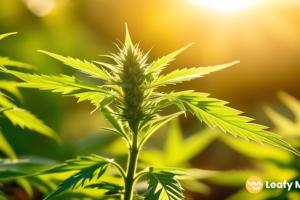
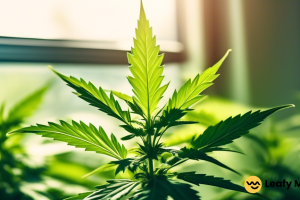





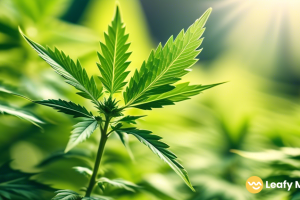
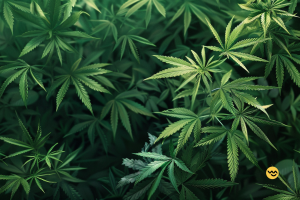
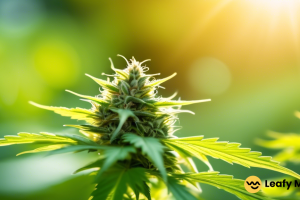
Leave a Reply